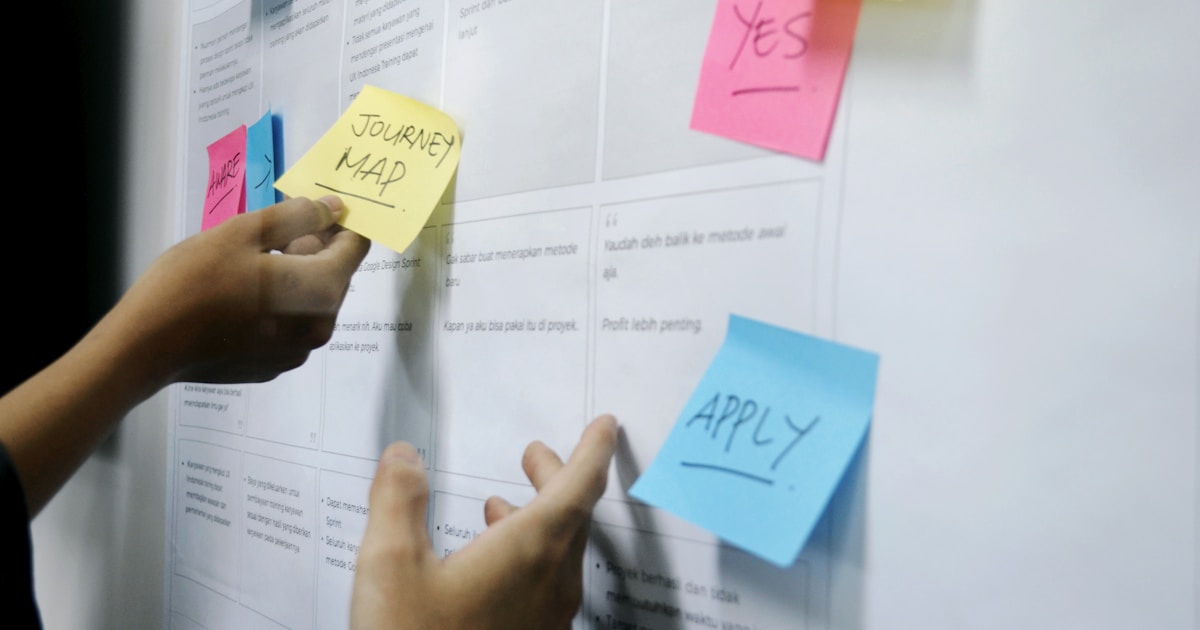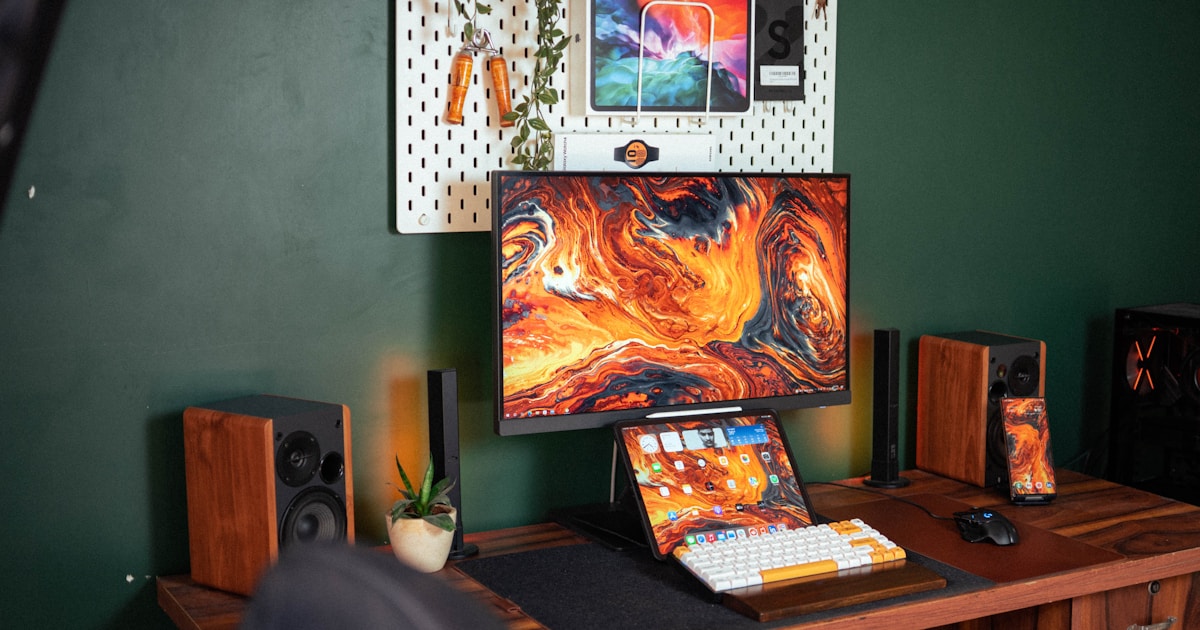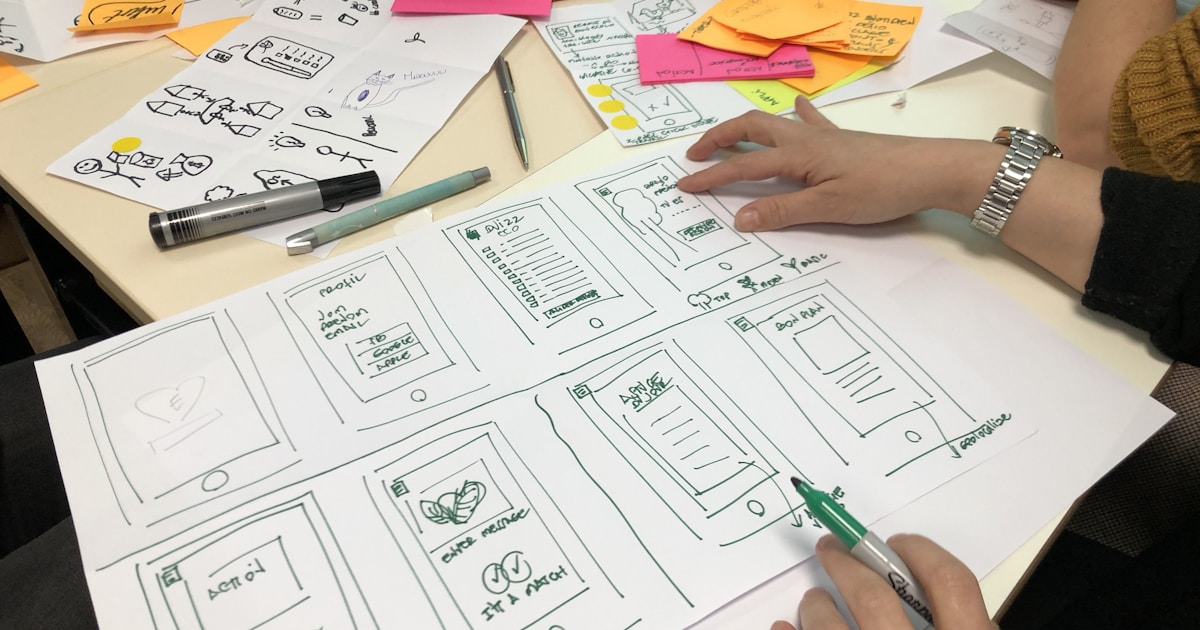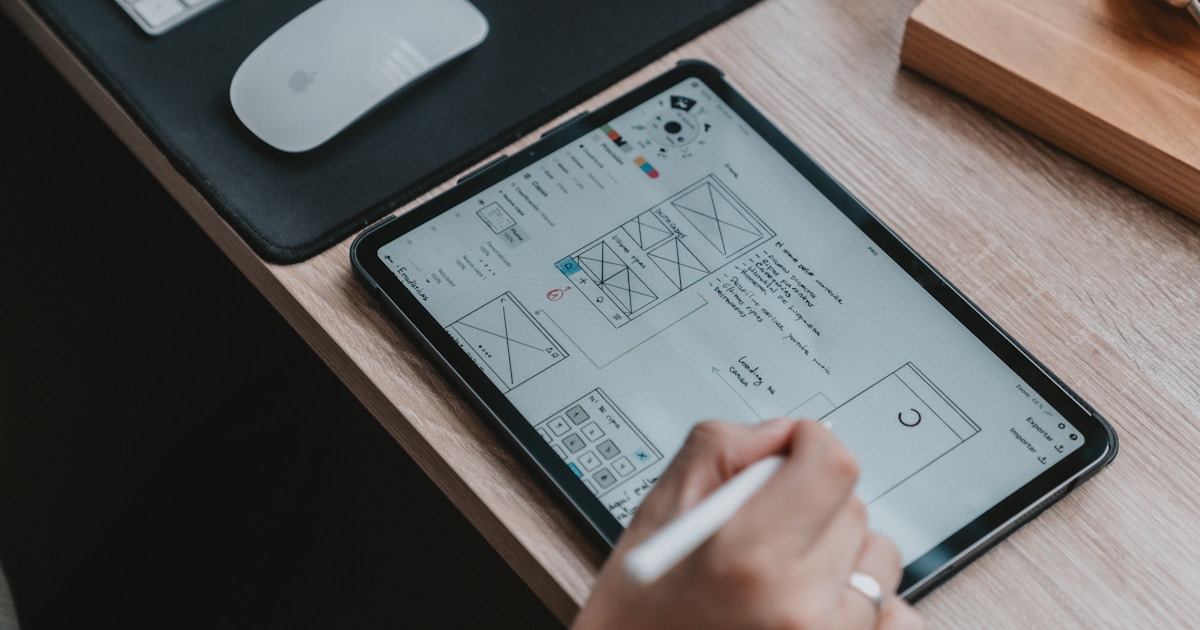The Future of UX Design: Trends and Predictions for 2024

As we step into 2024, the field of UX design is at an inflection point. The rapid advancement of AI, the growing importance of accessibility, and the shift toward more human-centered design approaches are reshaping how we think about user experience. Here are the key trends and predictions that will define the future of UX design.
The AI Revolution in Design
AI as a Design Partner
Artificial intelligence is becoming an integral part of the design process, but not as a replacement for human designers. Instead, AI is emerging as a powerful partner that can:
- Automate routine tasks: Generate variations, optimize layouts, and handle repetitive design work
- Enhance creativity: Provide inspiration and suggest new approaches to design problems
- Improve efficiency: Speed up prototyping and iteration cycles
The Human-AI Collaboration
The most successful design teams will be those that learn to work effectively with AI tools while maintaining the human touch that makes designs truly resonate with users.
Accessibility as a Foundation, Not an Afterthought
Beyond Compliance
Accessibility is moving from a checkbox item to a fundamental design principle. In 2024, we’ll see:
- Inclusive design by default: Products designed with accessibility in mind from the start
- Broader definition of accessibility: Considering cognitive, emotional, and situational accessibility
- Universal design principles: Creating experiences that work for everyone, not just those with disabilities
The Business Case for Accessibility
Companies are recognizing that accessible design isn’t just the right thing to do—it’s good business. Accessible products reach broader audiences and often provide better experiences for all users.
The Rise of Voice and Conversational Interfaces
Beyond Chatbots
Voice interfaces are evolving beyond simple chatbots to become sophisticated conversational experiences. This requires a new approach to UX design that focuses on:
- Natural language understanding: Designing for how people actually speak, not how we think they should
- Context awareness: Understanding the full context of user interactions
- Emotional intelligence: Recognizing and responding to user emotions and intent
Multimodal Interactions
The future belongs to interfaces that seamlessly blend voice, touch, gesture, and visual elements to create more natural and intuitive experiences.
Sustainability in Design
The Environmental Impact of Digital Products
As awareness of climate change grows, designers are considering the environmental impact of their work. This includes:
- Efficient design: Creating interfaces that require less processing power and data
- Sustainable user behaviors: Designing experiences that encourage environmentally friendly actions
- Lifecycle thinking: Considering the full lifecycle of digital products
Green UX Principles
New design principles are emerging that prioritize sustainability alongside usability and aesthetics.
The Personalization Paradox
Hyper-Personalization vs. Privacy
Users want personalized experiences, but they’re also increasingly concerned about privacy. The challenge for 2024 is finding the right balance between:
- Relevant personalization: Providing value through tailored experiences
- Privacy protection: Respecting user data and giving users control
- Transparency: Being clear about how personalization works
Ethical Personalization
Designers will need to consider the ethical implications of personalization and ensure that algorithms don’t reinforce bias or create filter bubbles.
The Evolution of Design Systems
Living, Breathing Systems
Design systems are evolving from static component libraries to dynamic, AI-powered systems that can:
- Adapt to context: Automatically adjust based on user needs and device capabilities
- Learn and improve: Continuously optimize based on usage data and user feedback
- Scale intelligently: Handle complexity while maintaining consistency
Cross-Platform Harmony
As users move between devices and platforms, design systems will need to ensure seamless experiences across all touchpoints.
The Importance of Mental Health and Wellbeing
Designing for Mental Health
The impact of digital products on mental health is becoming a critical consideration. Designers are exploring:
- Mindful design: Creating experiences that promote wellbeing and reduce stress
- Digital wellness: Helping users maintain healthy relationships with technology
- Inclusive mental health: Designing for users with mental health conditions
The Role of Design in Social Connection
As digital interactions become more prevalent, designers have a responsibility to create experiences that foster genuine human connection and community.
The Skills of the Future
What Designers Need to Learn
The evolving landscape requires designers to develop new skills:
- AI literacy: Understanding how to work with AI tools and systems
- Data interpretation: Making sense of user data and analytics
- Cross-disciplinary collaboration: Working effectively with AI specialists, data scientists, and other experts
- Ethical reasoning: Considering the broader implications of design decisions
The T-Shaped Designer
The most valuable designers will be those with deep expertise in core design skills and broad knowledge across related disciplines.
Preparing for the Future
Continuous Learning
The pace of change in UX design requires a commitment to continuous learning. Stay curious, experiment with new tools and techniques, and don’t be afraid to step outside your comfort zone.
Building Resilience
The future is uncertain, but designers who focus on fundamental principles—empathy, problem-solving, and human-centered thinking—will be well-positioned to adapt to whatever changes come.
Collaboration and Community
The challenges ahead are too complex for any individual to solve alone. Building strong networks and collaborative relationships will be more important than ever.
The Bottom Line
The future of UX design is exciting and full of possibilities. While new technologies and trends will continue to emerge, the core principles of good design—understanding users, solving real problems, and creating meaningful experiences—remain constant.
The key to success in 2024 and beyond will be embracing change while staying grounded in what makes design truly valuable: the human connection and the ability to create experiences that make people’s lives better.
As we navigate this evolving landscape, let’s remember that the best designs are those that serve users first and technology second. The tools and trends may change, but the goal remains the same: creating experiences that are not just usable, but truly meaningful.
What trends are you most excited about for 2024? How is your team preparing for the future of UX design? I’d love to hear your thoughts and continue the conversation.



